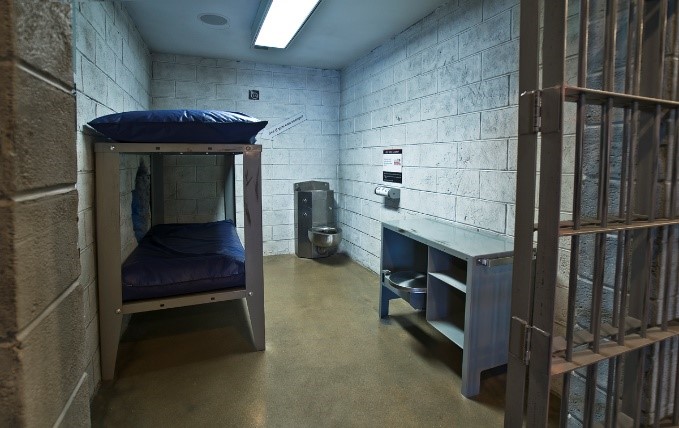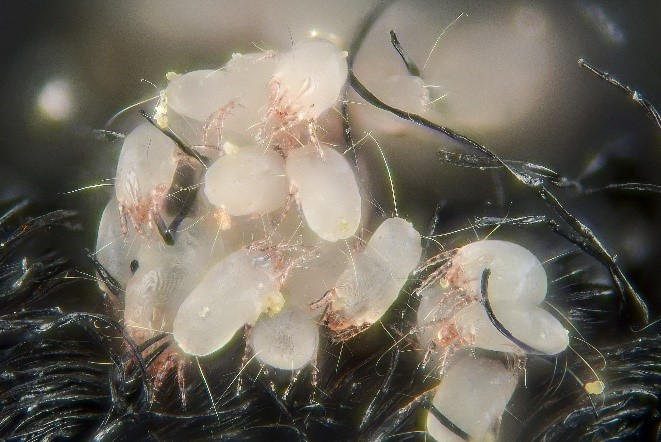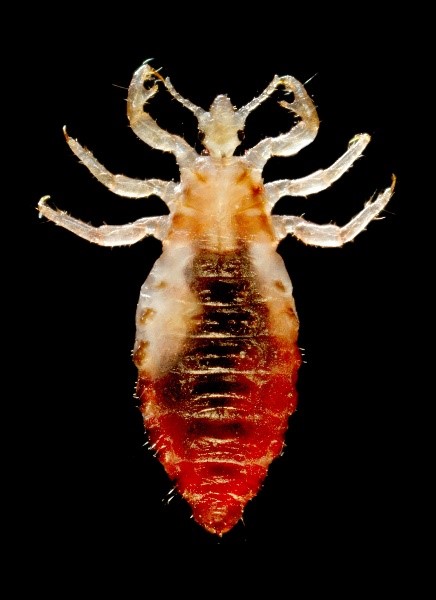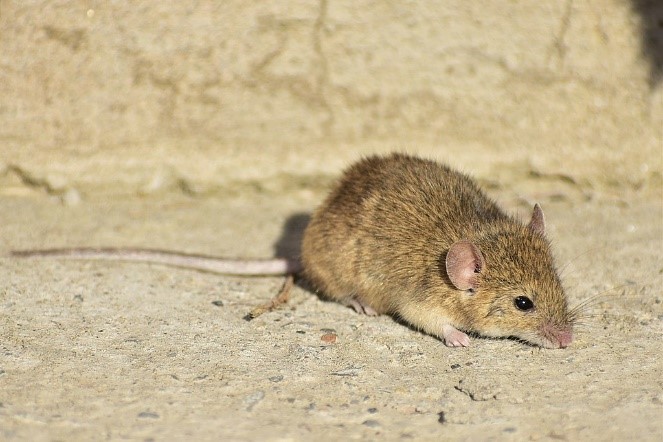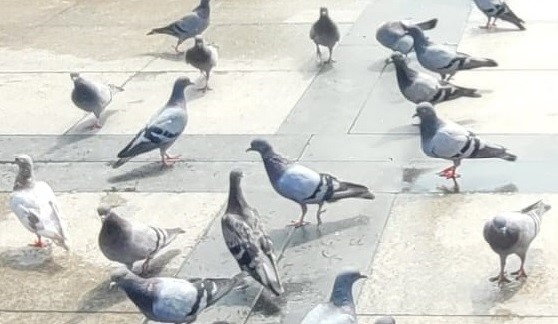Correctional Industry
Regardless of the type of the correctional facility, there is a need to have a pest control technician to deal with all units of the prison (the facility that confines convicted felons with sentences typically longer than a year.) or the jail (the facility that holds those with shorter sentences, usually for 1 year or less, and those awaiting trial). Pest control is a continuous work and in some cases, the pest control technician often fights to contain the various types of pests that are attracted to densely populated buildings that may be of the lowest levels of hygiene. Cleaning and disinfection services may be combined in these facilities to prevent the risk of possible exposure to biohazardous materials (blood or fecal matters within the prison cells or vehicles) that can carry viruses and cause health problems or risks.
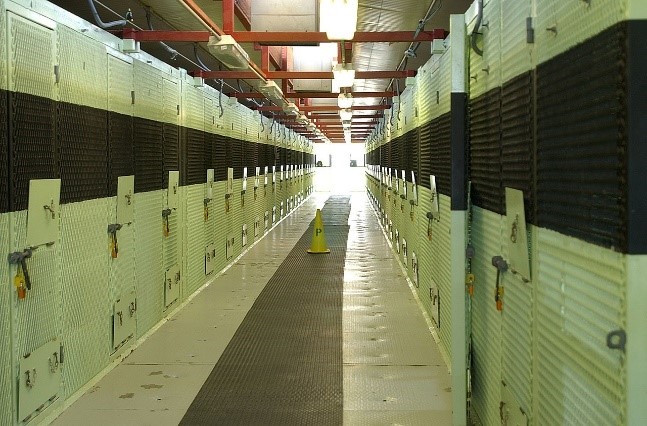
Correctional facilities are at risk for many pests because:
- food and water are carried throughout the facilities
- plentiful water supplies in these facilities create an environment conducive to pests
- hiding places and crevices (such as display cases, shelves, false ceilings, and floors) provide pests with a sanctuary to grow their populations and spread throughout the facilities
- pests often move indoor from large exterior areas
- heat and food scraps in prison food preparation area can attract and maintain pests (especially ants, cockroaches, and rodents)
- exterior lighting may attract pests.
ETS professionals are very knowledgeable about the various types of pests that are attracted to these facilities and are trained to carry out professional cleaning and decontamination services according to governmental guidelines. Our technicians are dedicated to working with the correctional officers or administrators to develop a preventative pest control plan that meets the operating requirements of the facility and solves pest problems. ETS also encourages the adoption of a long-term IPM program that emphasizes on sanitation, pest exclusions, and non-chemical pest management approaches as the first and most preferred options, and pesticides as the least preferred. ETS inspectors inform the administrators on how to minimize pest-conducive conditions and give advice on improving the sanitation level to promote the health and safety of the employees and the inmates in the facility.
